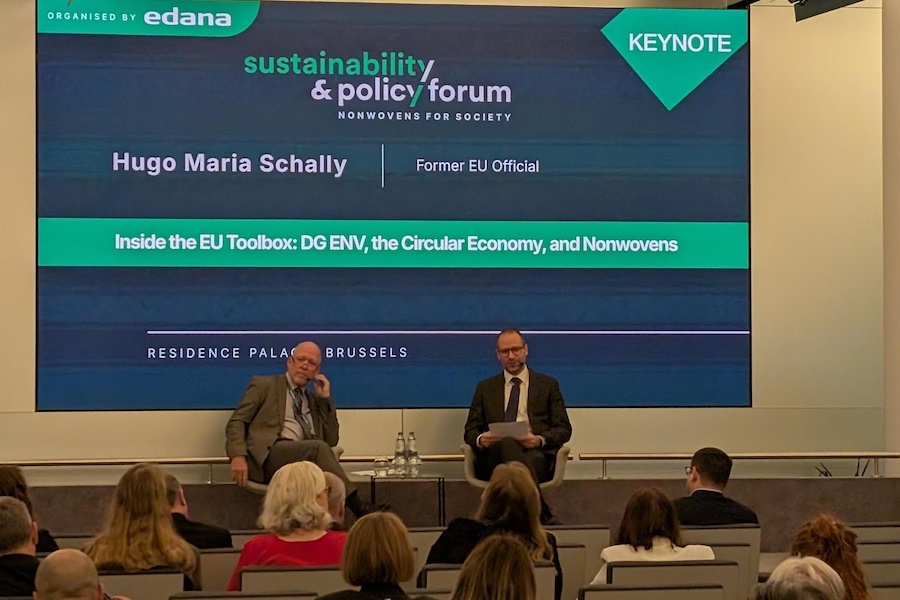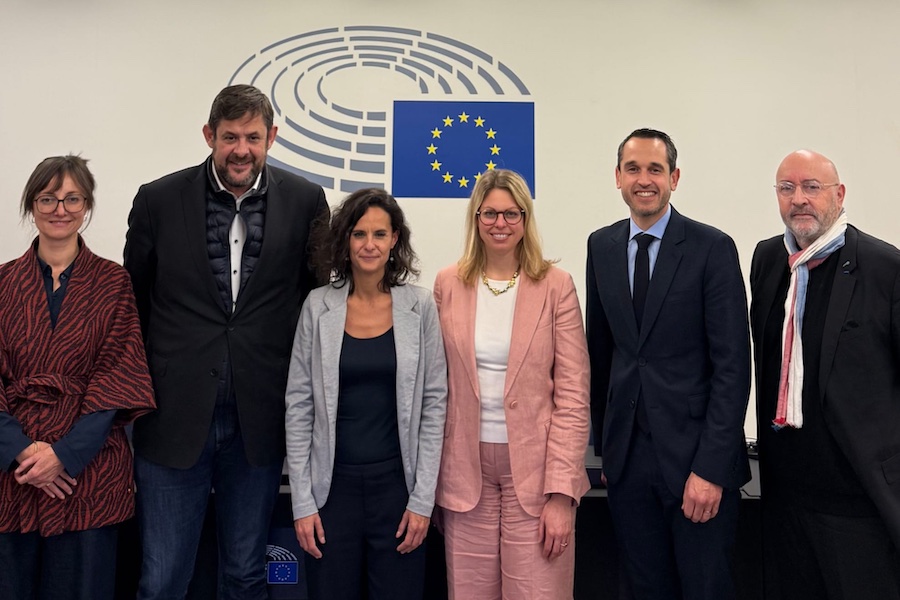#Europe
NextGenerationEU: Implementation of the Recovery and Resilience Facility firmly underway
The report shows the progress made with the RRF to increase Member States' economic and social resilience and deliver on REPowerEU, the EU's response to the hardships and global energy market disruption caused by Russia's war of aggression against Ukraine.
It highlights the benefits from this unique performance-based instrument, where payment of EU funds is conditional on meeting agreed milestones and targets that respond to Member States' specific challenges and EU priorities. The report also shows that major headway has been made in terms of transparency and protection of the EU's financial interests.
Member States and all relevant stakeholders, along with the European Parliament and Council, have worked closely together to achieve these results.
Moving forward with the RRF implementation
As of today, the Commission has received 34 payment requests from 21 Member States and disbursed €153.4 billion for the delivery of agreed investments and reforms. The Council has already adopted four revised plans including REPowerEU chapters, and 17 more revised plans are in the Commission's assessment pipeline.
The report lays out numerous examples of how RRF financing has helped deliver transformative reforms and investments. Major progress has been made in delivering on all six policy pillars of the RRF. In this way, the RRF is driving positive change in areas such as the climate and digital transitions, social action, healthcare and socio-economic and institutional resilience. Its effects are not just felt in each Member State but are supporting economic convergence and social and territorial cohesion across the Union.
For instance, over 6 million people have participated in education and training financed by the RRF, 1.4 million companies have received support, 5.8 million people have benefitted from protection measures against climate-related disasters, such as floods and wildfires, and 22 million megawatts hours (MWh) in energy consumption have been saved thanks to the implementation of Member States' recovery and resilience plans (RRPs).
In a context of sustained progress in the rolling out of RRF-funded measures, the Commission has continued to successfully raise funds on the capital markets to fund the Facility, with more than €44 billion issued in NextGenerationEU green bonds to date.
High level of transparency
The Commission is striving for high clarity and transparency in the implementation of the RRF, even beyond legal requirements. It has published six guidance notes to support national authorities and offer clarifications. This is also the aim of the framework for dealing with potential reversals of milestones and targets, included in today's report.
The Commission keeps a wealth of information on the RRF website, including on individual RRPs. We have today published revamped country pages to better reflect the role played by the RRF in implementing our REPowerEU plan, as well as changes to individual RRPs.
The recent revision of the RRF Regulation requires Member States to publish information on the 100 final recipients receiving the highest amounts of RRF funding. The Commission has since asked Member States to swiftly make this data available and is consolidating it on the Recovery and Resilience Scoreboard, an online portal that tracks progress in the implementation of the RRF as a whole and of each national RRP. In addition, to further increase visibility and transparency, this year the Commission launched an online interactive map of RRF-supported projects in each Member State.
It is also worth noting that 11 high-level Recovery and Resilience Dialogues have taken place to discuss the RRF with the European Parliament, and that 21 meetings of the informal RRF expert group have brought together the Commission and Member States.
Robust protection of the EU's financial interests
In 2023, also taking into account the recommendations of the European Parliament, the Council and the European Court of Auditors, the Commission further strengthened the robustness of its control framework to provide additional assurance on the regular use of RRF funds and the effective protection of the Union's financial interests, thereby complementing the primary responsibility that lies with the Member States.
The Commission has so far carried out 14 risk-based ex-post audits on milestones and targets to obtain additional assurance that the information provided by Member States on their satisfactory fulfilment is correct. After having verified the adequacy of national control systems to protect the financial interests of the Union when assessing the initial RRPs, the Commission also conducted 27 audits of these systems and will have audited all Member States at least once by the end of the year.
Members of the College said:
President Ursula von der Leyen said: “The recovery from the economic fallout of the pandemic is well under way, and this is also thanks to NextGenerationEU. We've been funding new and modernised hospitals and schools, supported businesses and families, and strengthened the resilience of our Union so that no one is left behind. This is Europe at its best. Today's Annual Report sums up all these achievements and shows the path to 2026.”
Background
This is the second in a series of annual reports by the Commission, which will cover the implementation of the RRF during its entire lifespan, as required by the RRF Regulation. It will feed into the ongoing dialogue on RRF implementation between EU institutions and with stakeholders.
The information provided in the report is based on the content of the adopted RRPs, as assessed by the Commission, on the data reported by Member States until April 2023 as part of their bi-annual reporting obligations, and on developments in the implementation of the RRF until 1 September 2023.

















